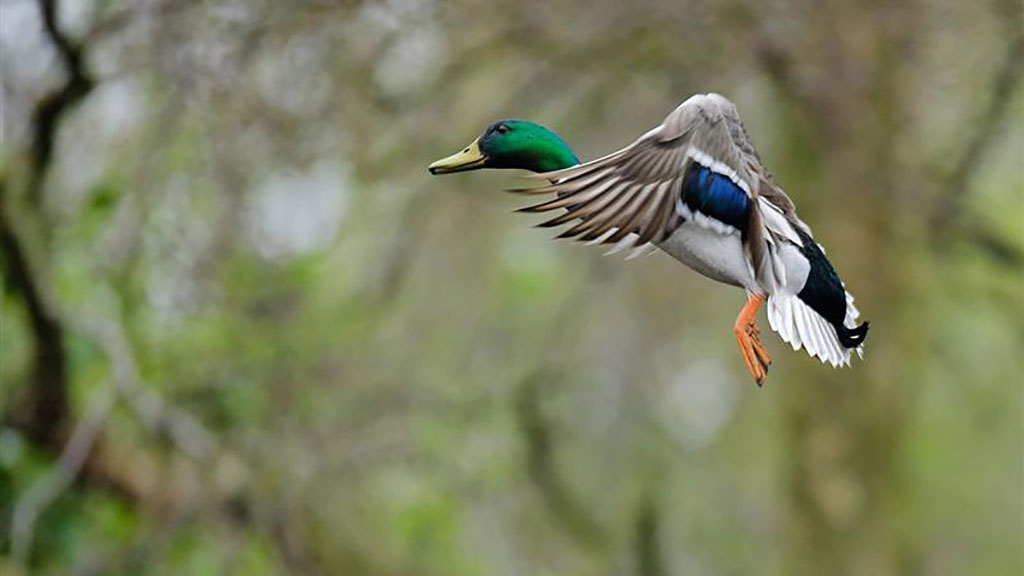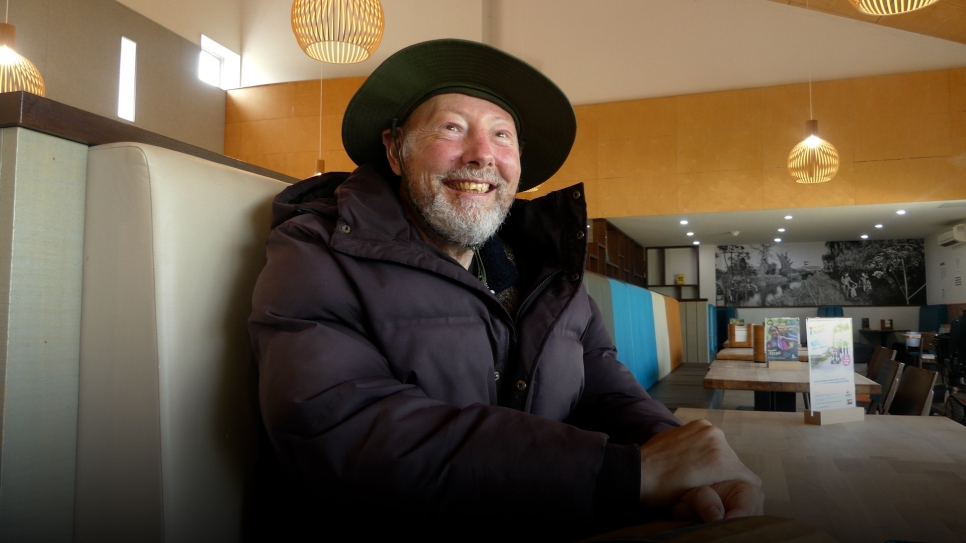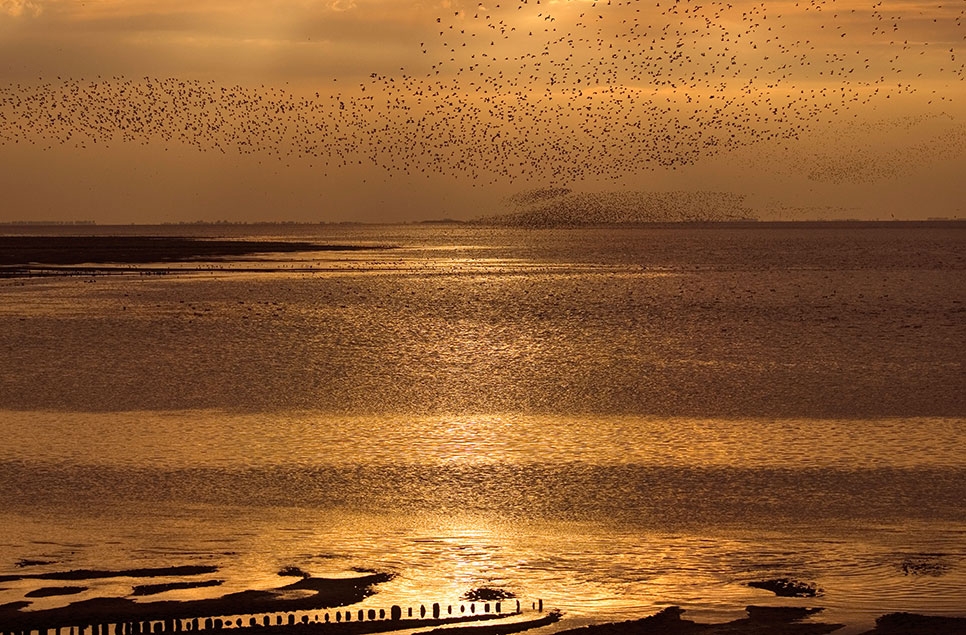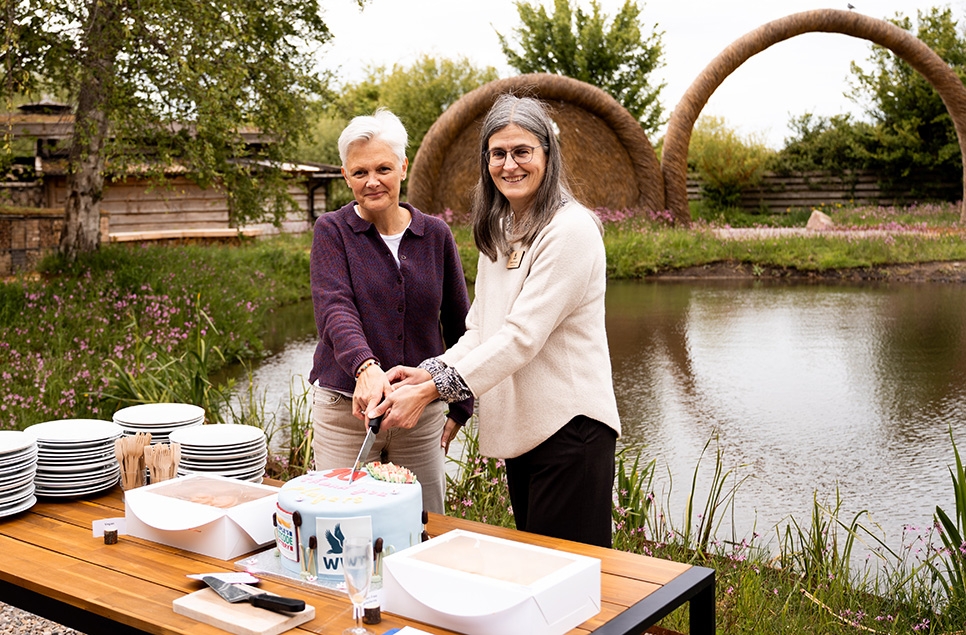WWT Snapshot September 2018

Thank you to the astounding 600,000 visitors who took advantage of the nice weather to visit our wetland centres over spring and summer 2018. Here’s just some of the good conservation work your support has enabled WWT to achieve in the last three months:
Around the world
In Brussels and across the EU we are supporting the European Chemicals Agency’s proposal for a Europe-wide ban on lead shot in wetlands – and encouraging a second phase to include all habitats. A million birds are poisoned each year in Europe through inadvertently ingesting discarded lead shot. We continue to counter lobby attempts to block the proposed ban.
In Russia, we reared and released 22 spoon-billed sandpiper chicks this season, bringing the total we’ve released into the wild since 2012 to 162. This has boosted the wild population’s productivity by around 20%.
Also in Russia, WWT staff travelled to the remote Nenetskiy Nature Reserve to catch and ring 60 Bewick’s, five whooper and eight mute swans. This will help to inform long term studies of movements and survival of Bewick’s swans.
In China, WWT’s Wetland Link International manager launched a new coastal wetland centres network in Beijing.
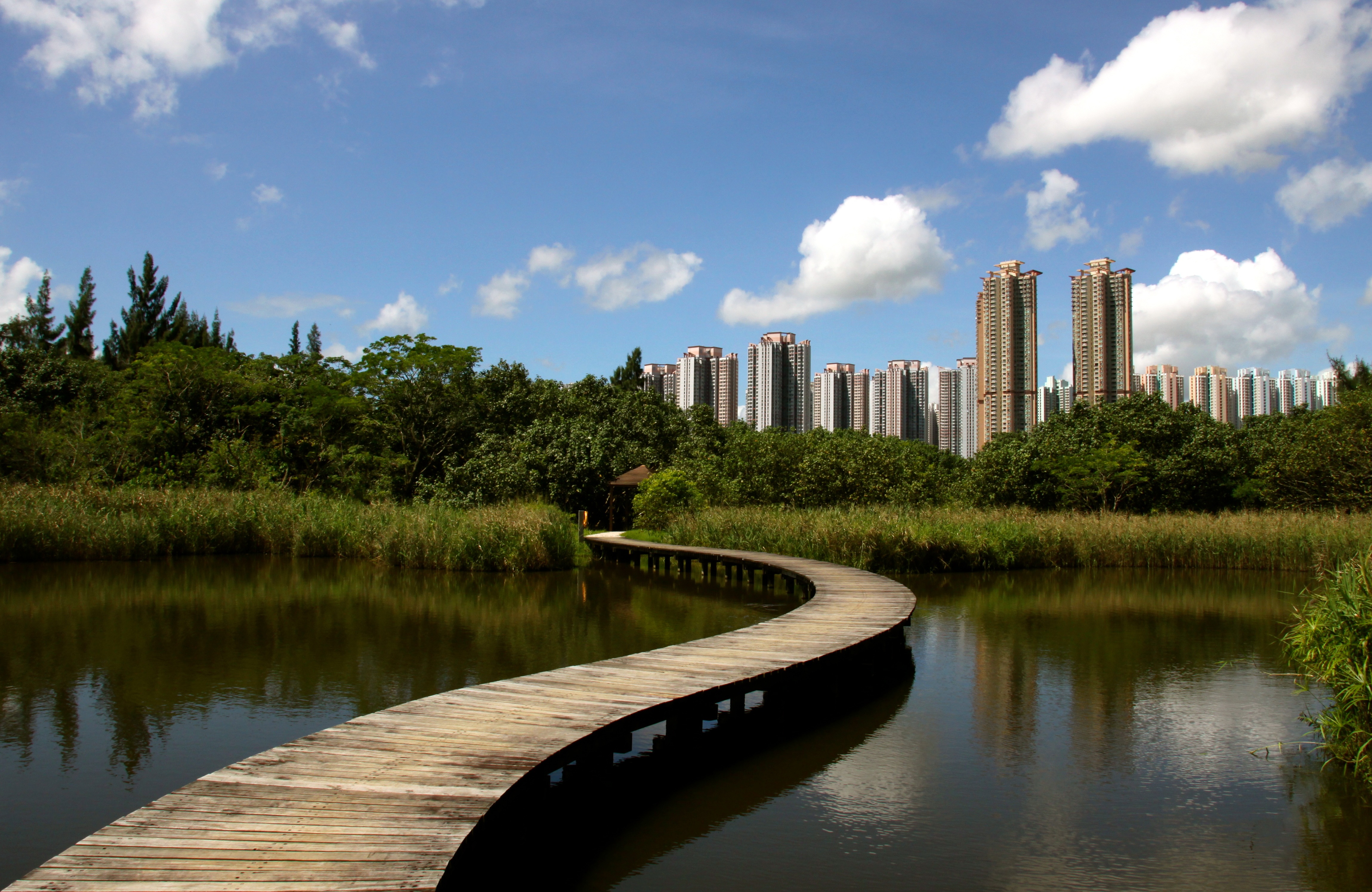
Also in China, WWT staff helped to ring nearly 2,000 shorebirds in Jiangsu Province, including 15 spoon-billed sandpipers.
In Iceland, half of 10 satellite tagged Greenland White-fronted geese appeared to have made breeding attempts during their summer migration to Greenland, but the weather had not been kind to them and only one of the 10 was successful.
In Australia, lobbying by WWT has helped to protect the Moolap Wetlands in Victoria from inappropriate development.
In Madagascar, WWT staff and equipment have arrived to prepare for the first ever release into the wild of the world’s rarest duck – the Madagascar pochard.
In Cambodia, we’ve appointed a new Cambodia Country Co-ordinator to lead our programme to help communities in the Lower Mekong area look after their wetlands.
In South Korea, WWT Chief Exec Martin Spray chaired a special meeting of finance managers from countries and organisations who are planning ways to fund conservation of migrating birds along the Asia Pacific coast.
In Sweden, our water specialists showed our work on health and wellbeing research in wetlands to more than 3,000 delegates at the World Water Week conference.
Around the UK
In Enfield, local schoolchildren and councillors helped to officially open a new WWT-designed wetland which has turned the Prince of Wales open space into a community nature reserve.
In the Scottish Highlands, unfortunately our monitoring found no new ducklings in 2018 for the UK’s rarest breeding sea duck, the common scoter. This is despite work on the ground to provide nesting habitat to try to preserve the last few remaining British pairs.
In Shropshire, WWT Consulting has begun designing a new £400,000 visitor centre for Severn Valley Country Park near Bridgnorth. Construction is due to begin in January 2019.
In Slough, a scheme to paint yellow fish on roadside gulley drains is helping to make people aware that pollution off our roads ends up in our wetlands. Meanwhile volunteers from Mars Inc have helped to refurbish the project’s tool store.
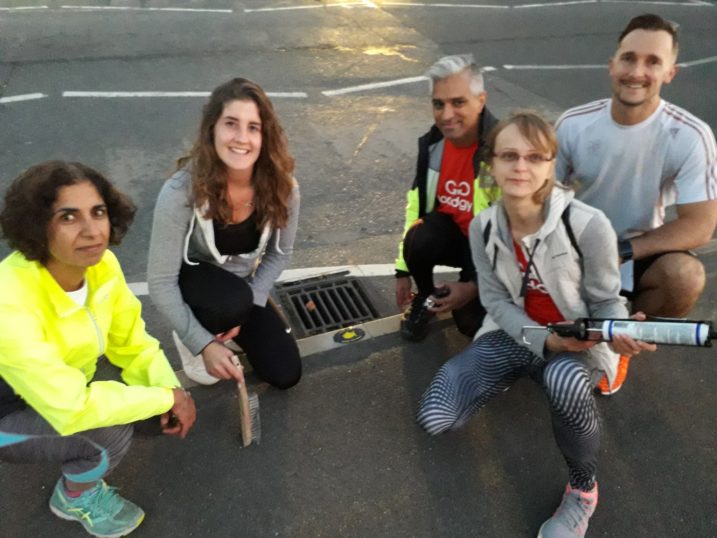
At Westminster, WWT’s Senior Government Affairs Officer Hannah Freeman gave oral evidence to a committee of MPs on the issue of water industry regulation and its impact on the natural environment. She urged that post-Brexit water quality standards be maintained.
At our wetland centres
At Arundel, we’ve planted one of the UK’s rarest plants, triangular club-rush. This will help to recolonise this species which only survived in the UK 20 years ago as a few remaining clumps in Devon.
At London, Sir David Attenborough launched the 2018 Big Butterfly Count, a citizen science campaign which ran during mid-summer. The data collected by thousands of people is currently being collated.
Also at London, a new wildplay trail opened, which takes visitors into new areas of the wetlands.
At Welney, rare UK-breeding black-tailed godwits had their best year ever. Including chicks reared and released by WWT’s expert breeders, they managed to produce an average of 1.4 successfully fledging chicks per pair – which should see overall numbers begin to rise.
Also at Welney, a rare tansy beetle was found in Norfolk for the first time, during a summer survey. The finding suggested this beetle may use a wider range of UK wetland plants than previously thought by scientists.
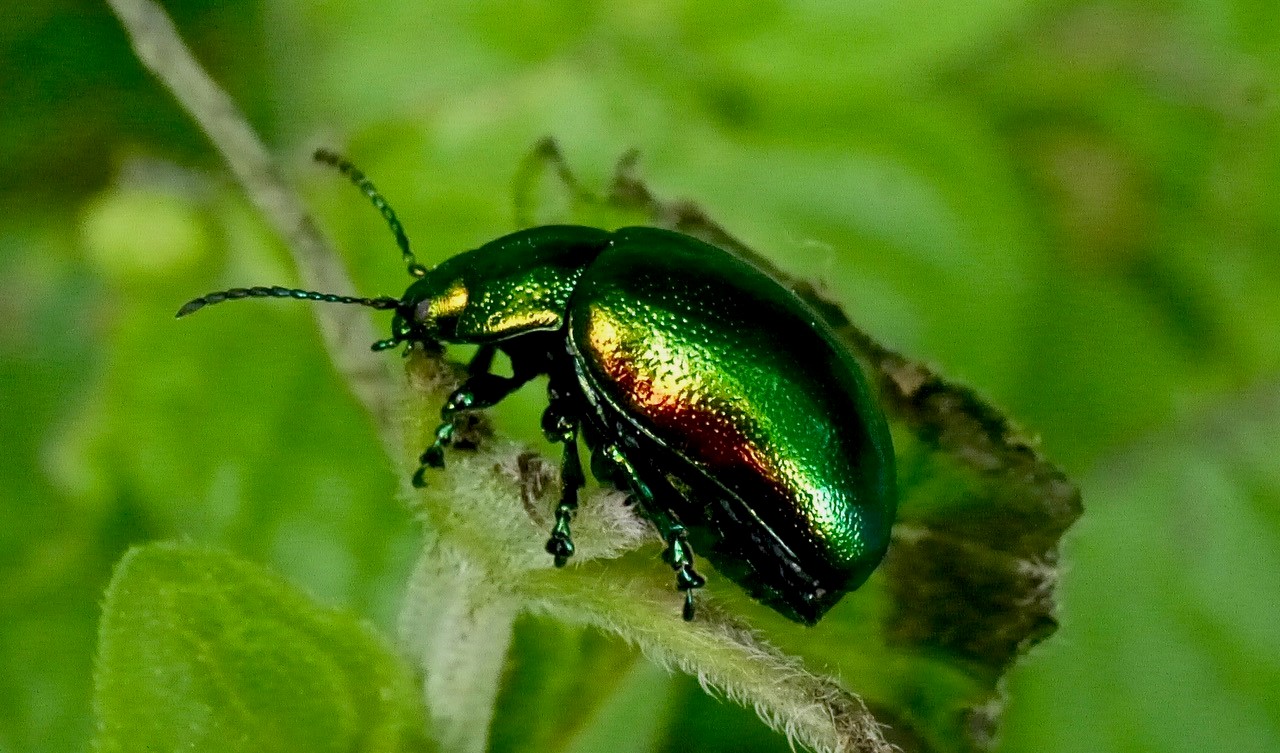
At Llanelli, we’ve re-profiled the wetland channels in the Dafan Fields area of the reserve to hold water for longer into the spring. This will allow us to manage mudflats to attract feeding waders while at the same time improving sight lines for birdwatchers to see them.
At Castle Espie, we’ve reduced the height of three islands so that they’ll be inundated at high tide and saltmarsh will develop, attracting salt-loving plants and invertebrates as well as wading birds.
At Slimbridge, cranes reintroduced into the wild by WWT and RSPB produced three fledglings from five territorial pairs this summer – their most productive breeding season to date.
At Slimbridge, the old ambulance hide overlooking the Severn Estuary has been replaced by a new shepherd’s hut hide as part of the major Slimbridge 2020 project. Elsewhere construction work is happening all over Slimbridge to develop new exhibits, new visitor access to the reserve and renovate the Scott House to open to the public next year.
At Martin Mere, the new pond zone opened to visitors. The dry summer delayed the establishment of aquatic plants but the ponds are expected to ready for dipping next spring!
